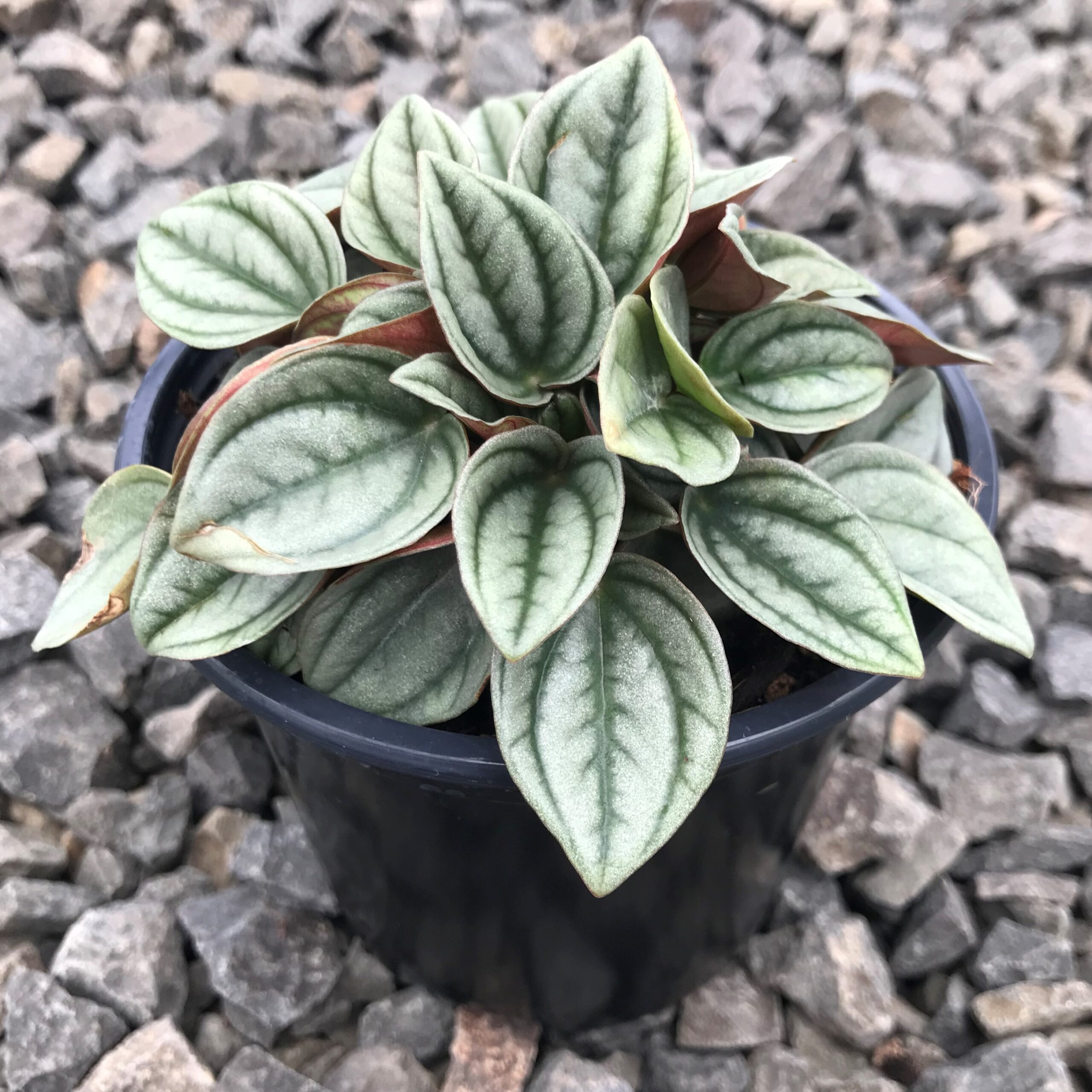
Peperomia 'Napoli Nights' Radiator Plant (4.5" Pot) Little Prince To Go
Peperomia Species . Popular species of radiator plants include Peperomia argyreia (P. sandersii), also known as watermelon peperomia, which has red stems and rounded leaves that are green and silver. They also produce green flowers. Peperomia caperata is known by the common name emerald ripple peperomia, and it produces white flowers, pink stems, and waxy green leaves.
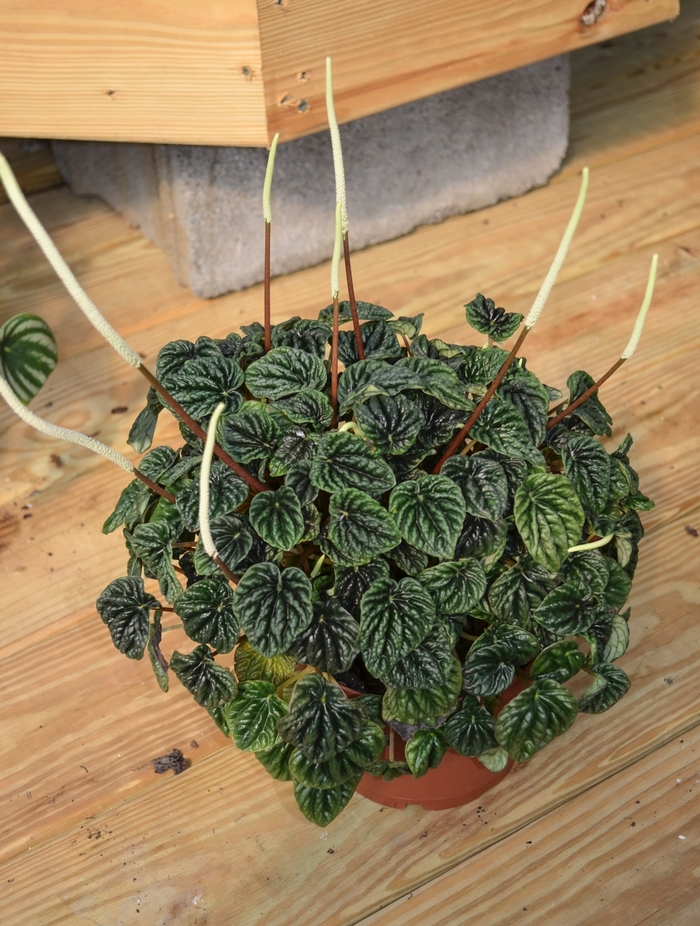
Peperomia caperata Radiator Plant The Flower Spot
If so, the Peperomia (Radiator Plant) is an excellent choice! This tropical plant is easy to take care of, and its vibrant green leaves have a unique texture that will add character to any room. To give you the best chance to take care of this plant, we've broken down the caring process into a few different steps. These steps are designed to.

Peperomia Caperata 'Ruby Ripple' (Radiator Plant)
Soil These plants generally have a small root system making them ideal for dish gardens and other indoor pots. The best soil for these plants is a mixture of 50 percent peat moss and 50 percent perlite. Mixing fine gravel into the soil helps these plant's roots get the air it needs to thrive.
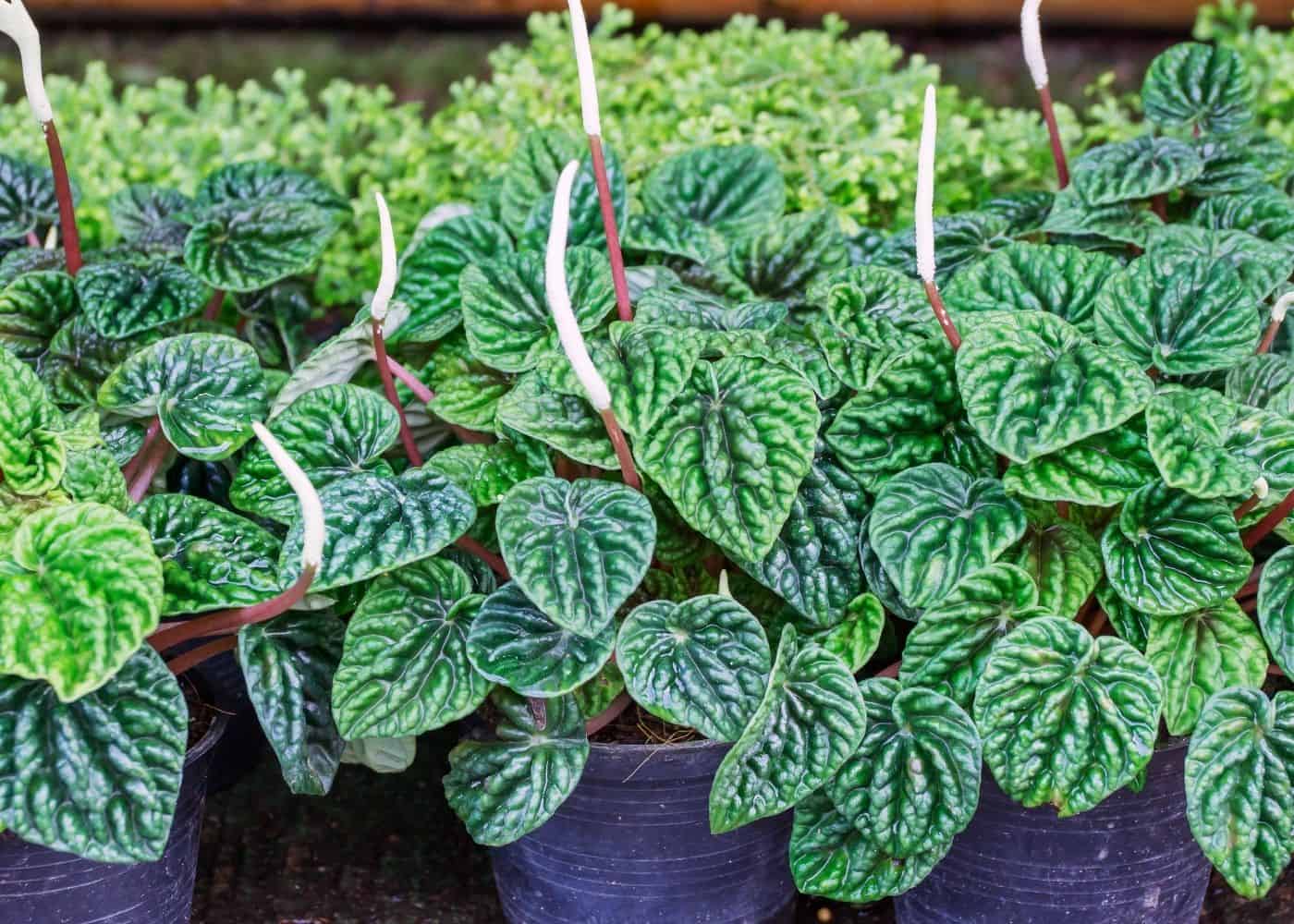
Radiator plant 🌿 💡 Tips for a thriving Peperomia
Peperomia is a large genus of tropical plants in the family Piperaceae that are native to Mexico, South America, and the Caribbean. With more than 1,500 known species, these hearty plants boast thick, fleshy leaves that contribute to their drought tolerance and vigor. The Spruce / Anastasia Tretiak
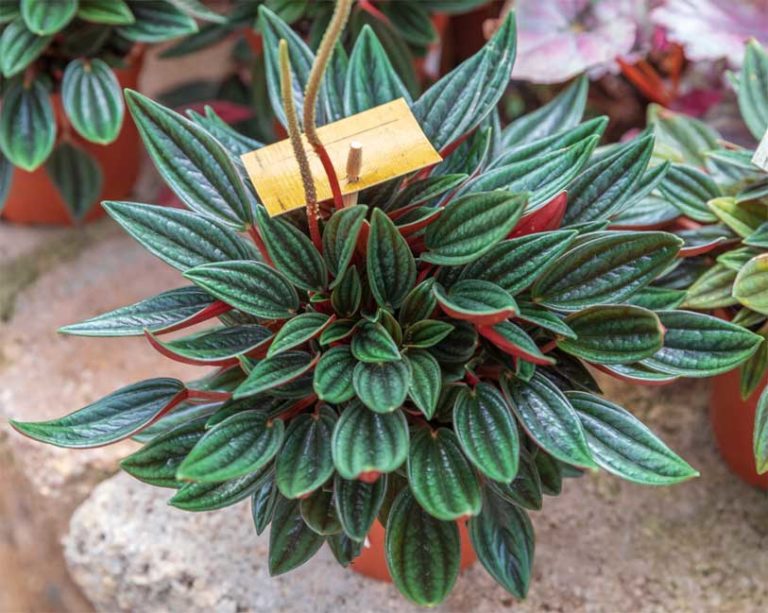
Peperomia (Radiator Plants) How to Grow and Care Guide
This plant is native to South America and is renowned for its unique foliage and easy-to-care-for nature. With its heart-shaped leaves and velvety texture, the Peperomia Quito is a favorite among plant enthusiasts. This plant is also commonly referred to as the Emerald Ripple Peperomia or the Radiator Plant due to its resemblance to a radiator.

Peperomia caperata Lilian Radiator Plant in 2022 Peperomia, Plants
Hundreds of plants make up the genus Peperomia, also known as radiator plants, and they're some of the easiest, most attractive houseplants you can grow. These low-maintenance species feature a wide variety of textures, leaf and stem colors, and shapes.

Peperomia Plant How Did Radiator Plants the Best? Find Out
Types of Peperomia (Radiator Plants) - With Pictures By Jessica Nolan, Gardening Expert Houseplants Peperomia plants are compact, tropical plants with fleshy leaves and ornamental foliage. There are over 1,500 species of peperomia, many of which are popular houseplants. Some small peperomia varieties have thick, succulent-like oval leaves.

Peperomia caperata 'Quito' Radiator Plant (4.5" Pot) Little Prince
Peperomia plants have many common names that refer to their particular species or variety. Many are known a the radiator plant, and are native to South and Central America, though there are some species native to Africa too. New species of Peperomia are identified on a regular basis. For now, the entire genus is composed of over 1000 species.
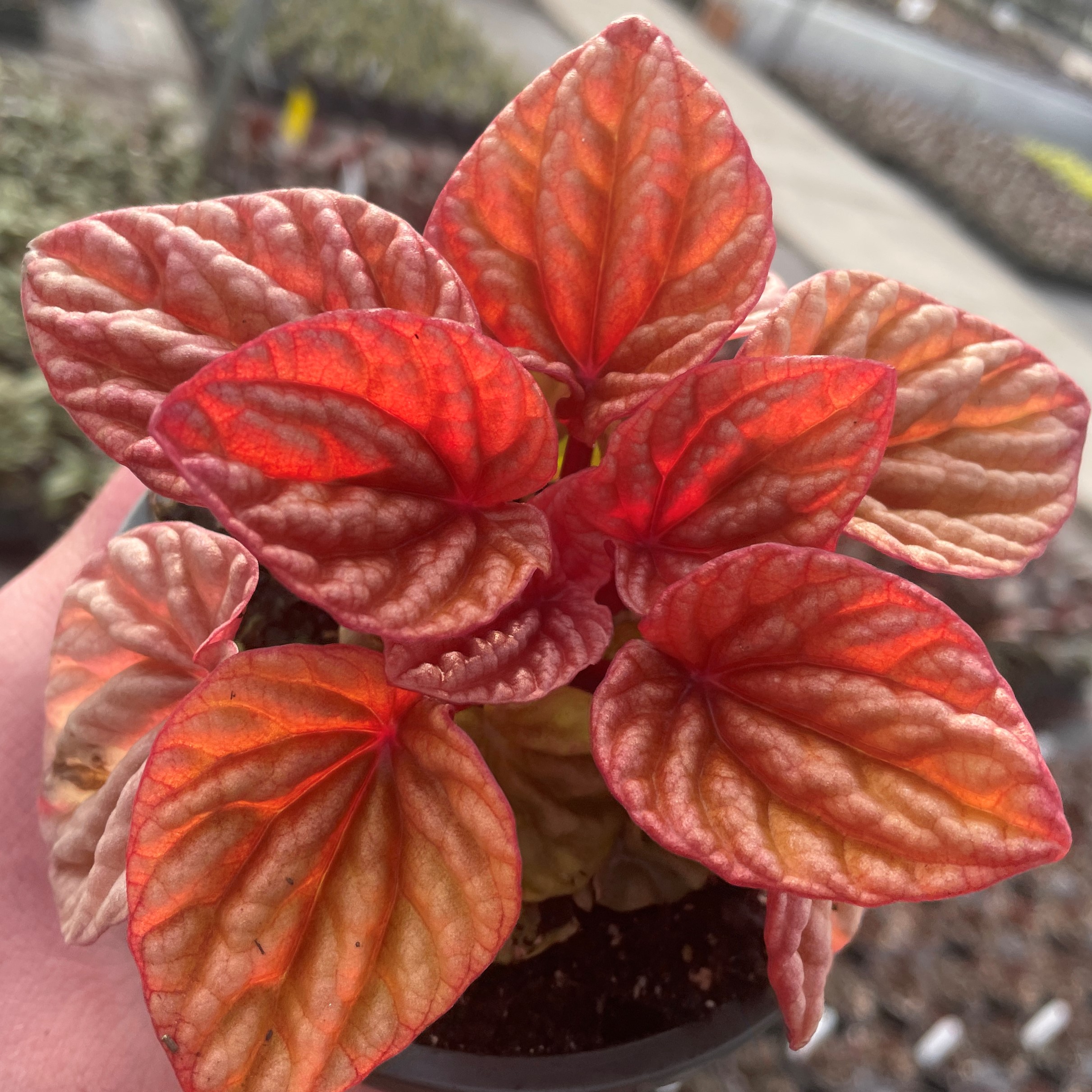
Peperomia caperata 'Quito' Radiator Plant (4.5" Pot) Little Prince
Peperomia plants do not have a widely- accepted common name, and some argue that it is better to use the genus name, as is the case with genera such as Petunia and Begonia. They are sometimes called radiator plants , a name possibly coined by L.H. Bailey because many of them enjoy bright and dry environments similar to a windowsill above a.
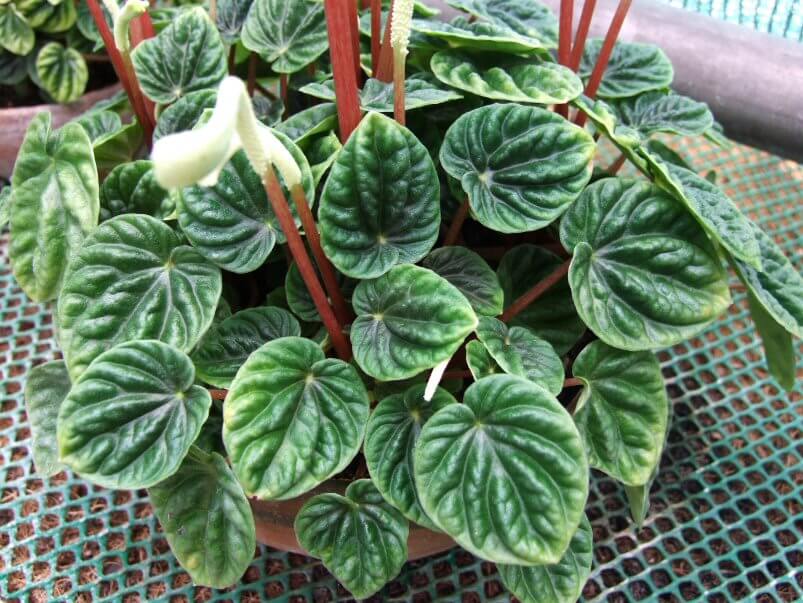
Peperomia (Radiator Plant / Desert Privet Plant) Guide Our House Plants
The radiator plant or peperomia plant includes 1,500 unique species. With size, shape, and color classifications, by the time you're done reading, you'll be able to select the perfect peperomia for you! With over a thousand peperomia plants to choose from I created this list of peperomia plant types with three helpful requirements in mind.

Peperomia Scandens/Cubensis Name Radiator Plant) 150mm Pot
Peperomia rotundifolia, also known as Creeping Buttons Radiator Plant, is a species of Peperomia with trailing vines and small glossy round leaves. Peperomia obtusifolia Peperomia obtusifolia, also known as Baby Rubber Plant, is a popular species of Radiator Plant. These succulent-like plants have thick, oval-shaped green leaves that hold water.

Peperomia caperata Lilian Radiator Plant Free UK Delivery
Peperomia ( Peperomia spp.) is a genus of tropical plants from Central and South America containing more than 1,500 species, with the common types often being grown as compact houseplants. The species vary in appearance, though many feature leaves that are rounded and slightly thick.

Radiator plant (Peperomia sp.) Stock Image B830/3525 Science
2.1 1. Watermelon Peperomia (Peperomia argyreia) 2.2 2. Jayde Peperomia (Peperomia polybotrya) 2.3 3. Metallic Peperomia (Peperomia rosso) 2.4 4. String of turtles peperomia (Peperomia prostrate) 2.5 5. Baby rubber plant (Peperomia obtusifolia) 2.6 6. Peperomia Hope (Peperomia tetraphylla) 2.7 7. Trailing jade (Peperomia rotundifolia) 2.8 8.
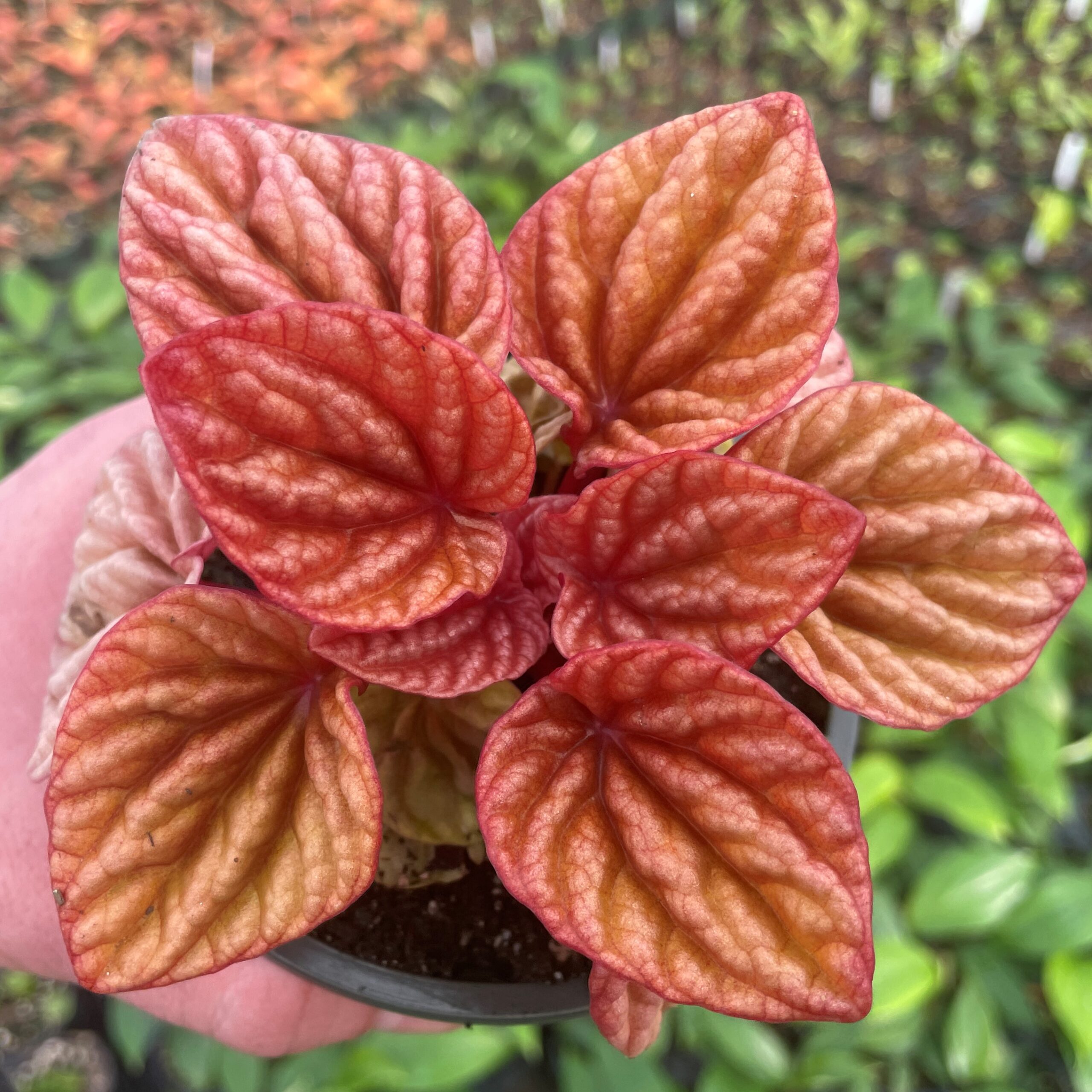
Peperomia caperata 'Quito' Radiator Plant (4.5" Pot) Little Prince
Growing Peperomias: How to Care for Radiator Plants November 3, 2021 by Kristine Lofgren Peperomia spp. Peperomias are marvelously diverse, ranging from petite bright green plants that trail out of hanging baskets to two-foot-tall upright specimens with striking wrinkled foliage and purple stems.
:max_bytes(150000):strip_icc()/watermelon-peperomia-care-e460b47f4be34840908dddb540bb57fd.jpg)
Peperomia (Radiator Plant) Care & Growing Guide
Peperomia (Peh-per-OH-mee-uh) is a large genus of over 1500 species of attractive tropical and sub-tropical foliage plants, native primarily to Central and South America. Some Peperomia types are succulents, complete with pudgy leaves full of stored water, and some Peperomia succulents also have leaf windows.

Peperomia Radiator Plants Buy Online Hortology.co.uk
This plant is the same as Peperomia angulata, this older name is is still sometimes used and it is also known by the names Radiator Plant and Peperomia Beetle. Peperomia Prostrata. Peperomia Prostrata is a miniature peperomia plant with tiny, fleshy, succulent leaves, only one-fourth of an inch wide that resemble turtle shells.